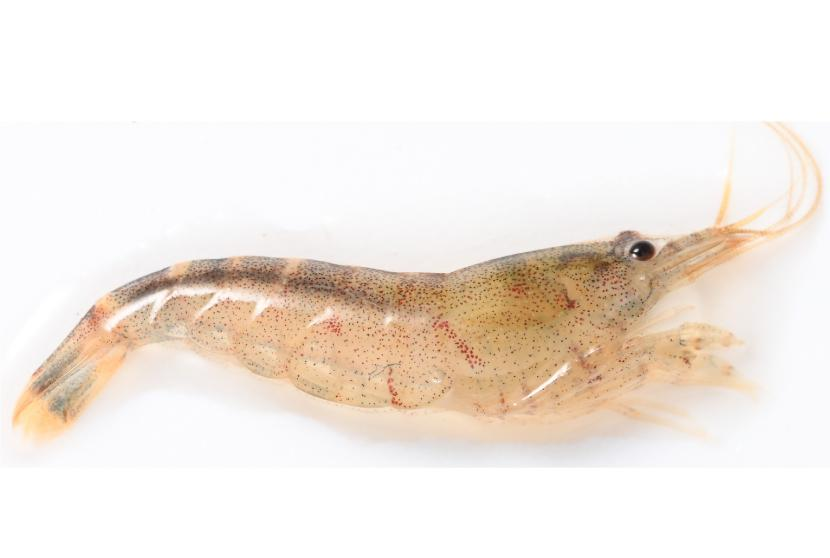Recently, Sun Yat-sen University Danxiashan biodiversity scientific survey brings good tidings again! The aquatic biodiversity survey team led by Associate Professor Kayan Ma discovered the first new species of Caridina shrimp in Danxiashan, namely, Caridina danxiaensis. This is the 44th new species discovered and described in Danxiashan! The new species was officially published in the internationally renowned animal taxonomy SCI journal ZOOTAXA on July 4, 2024.

丹霞米虾Caridina danxiaensis
Let's get to know this elf in the stream of Danxiashan! The adult shrimps are about 1.4 cm long. Its rostrum is short and straight, reaching to midlength of second segment of antennular peduncle. The lower side of the rostrum has no teeth, while the upper side has 13-15 teeth. The styloceriate is mostly reaching the beyond distal end of basal segment of antennular peduncle, not to the middle of second segment of antennular peduncle. There are 19-23 movable spiniform setae in the uropodal diaeresis.
Caridina belongs to order Decapoda, infraorder Caridea, family Atyidae. It is a common aquatic fauna in southern China. Most of the Caridina shrimps live in freshwater habitats, and are often found in hill streams with clear water and gentle flow. Caridina shrimps are omnivorous. They can filter-feed plankton in water or feed on organic debris, and thus play a role in breaking down organic matter and filtering particles from the water. As Caridinashrimps are generally small, they are not particularly appealing as food for human, but they are delicacies for fish and birds, and thus are central to the material circulation and energy flow in river ecosystems, and play an important role in the food chain.

丹霞米虾生境Habitat of Caridina danxiaensis
Due to the small size of Caridina and the difficulty of sampling in rock crevices, systematic research on Caridina in Danxiashan area is relatively scarce. This is the first time biodiversity research teams of Sun Yat-sen University conduct a comprehensive survey for decapods in Danxiashan. By extensive sampling within the protected are and snifting through literature, 12 species of Decapoda in 4 families were tallied in the Danxiashan National Park, including 5 species of Caridina. At present, two species, namely Caridina danxiaensis and Neocaridina palmata have been confirmed. Common ddecapods in the park also include Somanniathelphusa sinensis, Macrobrachium nipponense, and an invasive species Procambarus clarkii.




丹霞山常见十足目动物Common Decapods in the park
The discovery of Caridina danxiaensis reminds us to pay attention to the water environment of Danxiashan. Prof Ma remarked that Caridina danxiaensis has only been found in a single stream in Danxiashan, while other Caridina in the region are more widely distributed. If no other population of the species is discovered after intensive surveys, and it is recommended to be listed on the IUCN Red List as a threated species. Caridina danxiaensis is susceptible to human disturbance, engineering construction, pesticide use, vegetation destruction, invasive species, etc. There have been reports of the extinction of Caridina species due to environmental degradation, for example, Caridina dianchiensis in Yunnan. Danxiashan is famous for its clear water, abundant water resources, rivers, waterfalls, mountain springs, streams, valleys and other water habitats. The discovery of Caridina danxiaensis reminds us to devote our attention to Danxia water environment, safeguard the elf in the mountain stream, and protect the precious biodiversity of Danxiashan.
The blue waters of Danshanshan are picturesque (photographer: Xie Jinshu)
通讯员:中山大学 王亚琴(撰稿、供图)
Reporter: Sun Yat-sen University Wang Yaqin (writing, photo)








